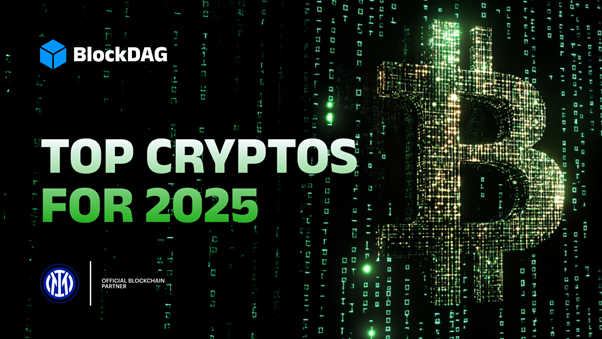US Stablecoin Adoption Faces Challenges Amid Global Demand

The adoption of stablecoins among US consumers is experiencing a notable slowdown in 2024, despite a surge in Bitcoin activity following the introduction of spot Bitcoin exchange-traded funds. Recent data indicates a decline in transactions on US-regulated platforms over the past year, primarily due to regulatory challenges and adoption issues surrounding US-based stablecoins. In contrast, stablecoins from emerging markets are witnessing increased implementation, as they serve as vital tools for value transfer and cost-effective transactions globally.
As countries strive to establish a more stable asset base, particularly in the form of the US dollar, stablecoins are poised to enhance global financial inclusion, especially in regions lacking stable currencies. The current cryptocurrency market cap stands at $2.26 trillion, with approximately $1 trillion in US dollars found abroad, highlighting the growing role of stablecoins in replacing dollar cash in volatile local markets. Tether CEO Paolo Ardoino emphasizes that demand for stablecoins is particularly strong in developing countries like Argentina, Turkey, and Vietnam, where individuals seek protection against inflation and currency depreciation.
The regulatory landscape in the United States presents significant challenges for stablecoin projects, placing the country at a competitive disadvantage compared to financial hubs in Europe and the UAE, which offer more favorable environments. Companies like Circle have expressed concerns that the absence of a clear regulatory framework for stablecoins could jeopardize American interests. However, there is a growing call for the US to establish guidelines that promote stablecoin usage, as addressing this regulatory gap is crucial for maintaining competitiveness in the evolving digital asset landscape and fostering innovation within the stablecoin market.
Related News





